上高地支部
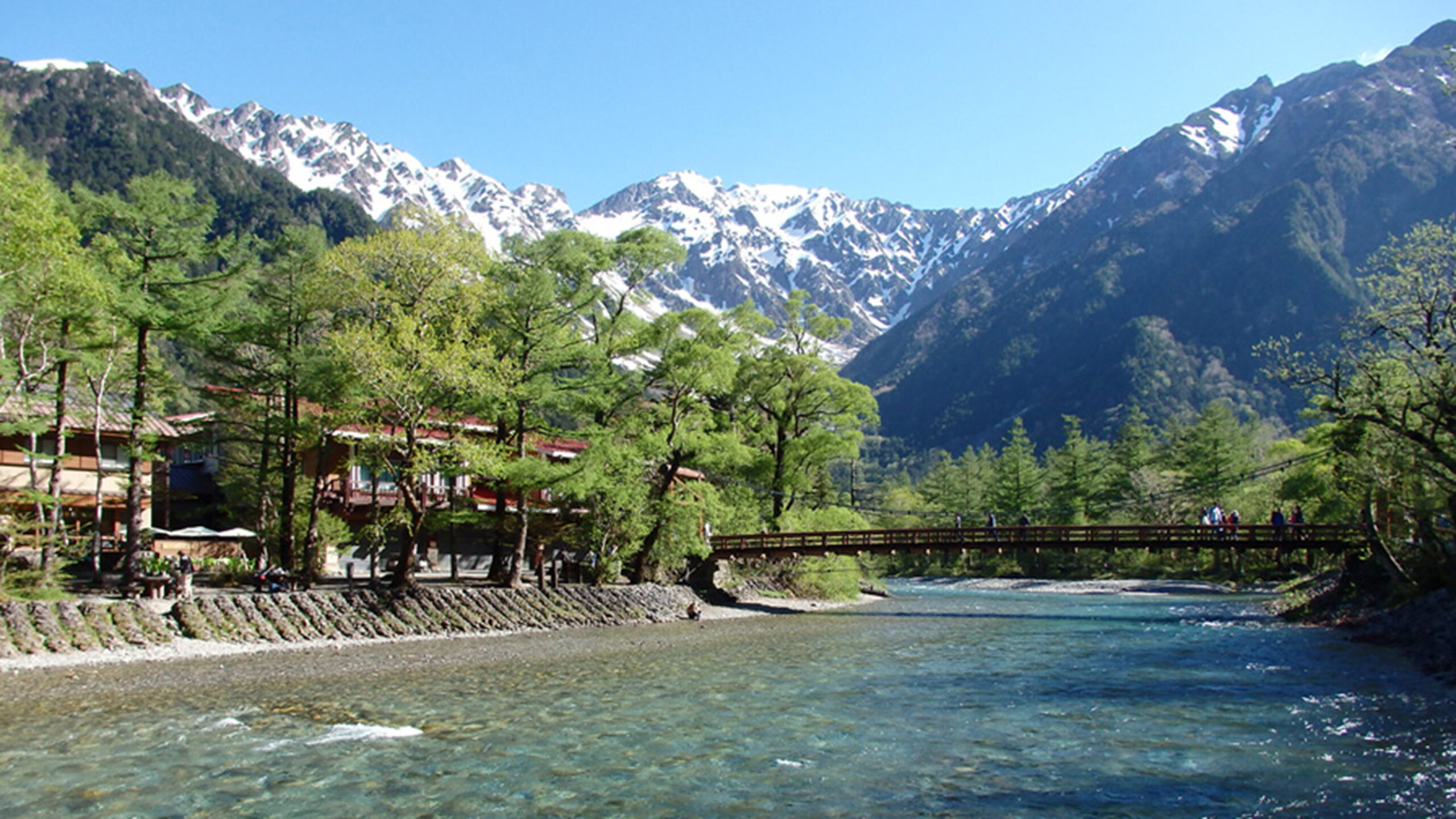
連絡先
自然公園財団 上高地支部(夏期間)
〒390-1516
長野県松本市安曇上高地
インフォメーションセンター内
TEL:0263-95-2433
自然公園財団 上高地支部(冬期間)
〒390-1502
長野県松本市安曇1061-1
安曇支所3階
TEL:0263-94-2537
お問い合わせ先:kamikochi@npfj.or.jp
施設のご案内
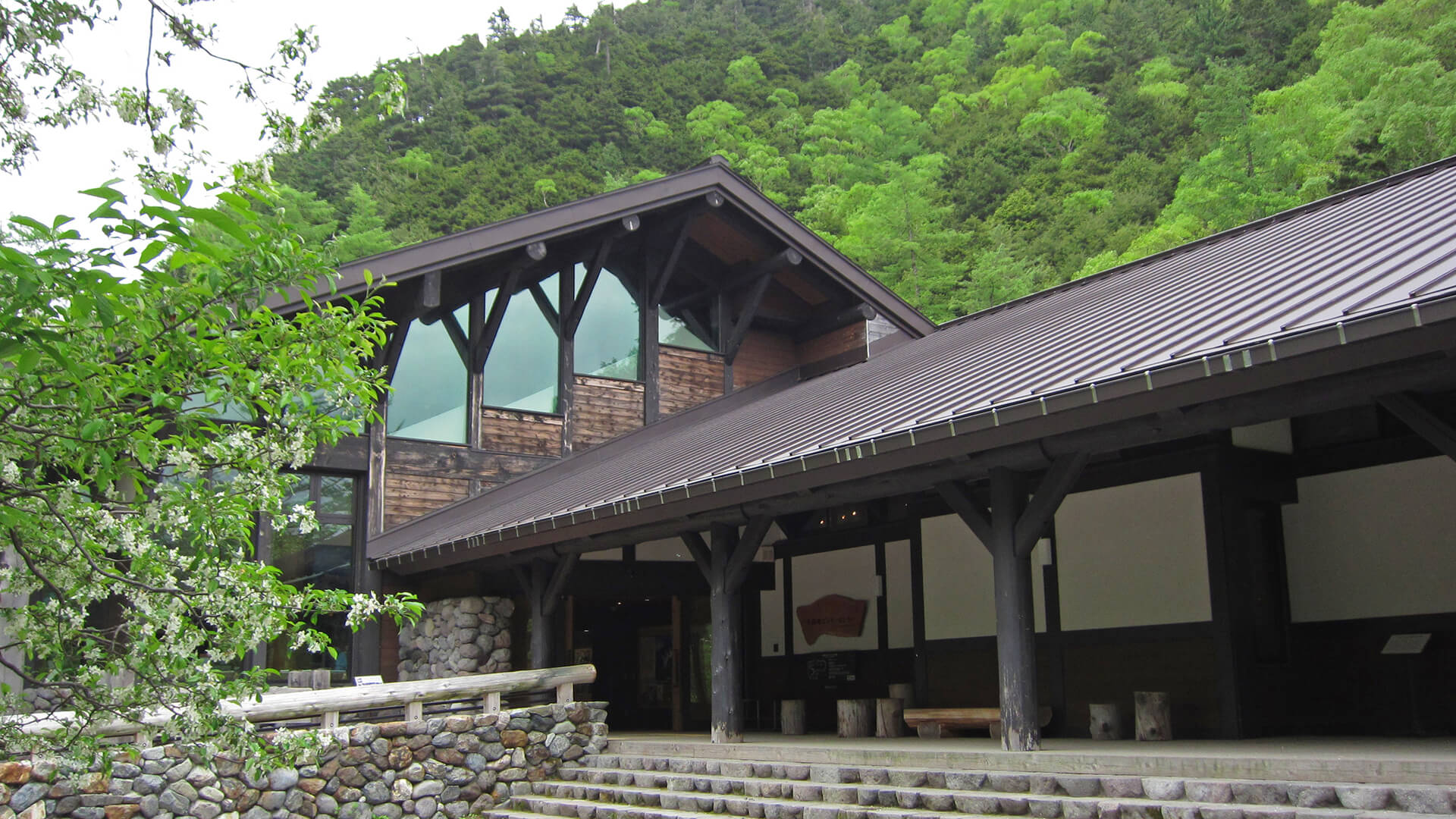
上高地ビジターセンター
〒390-1516
長野県松本市安曇上高地
TEL:0263-95-2606
- 開館時間
-
8:00~17:00
- 休館期間
-
11月15日~翌年4月17日(冬期閉鎖)
- Webサイト
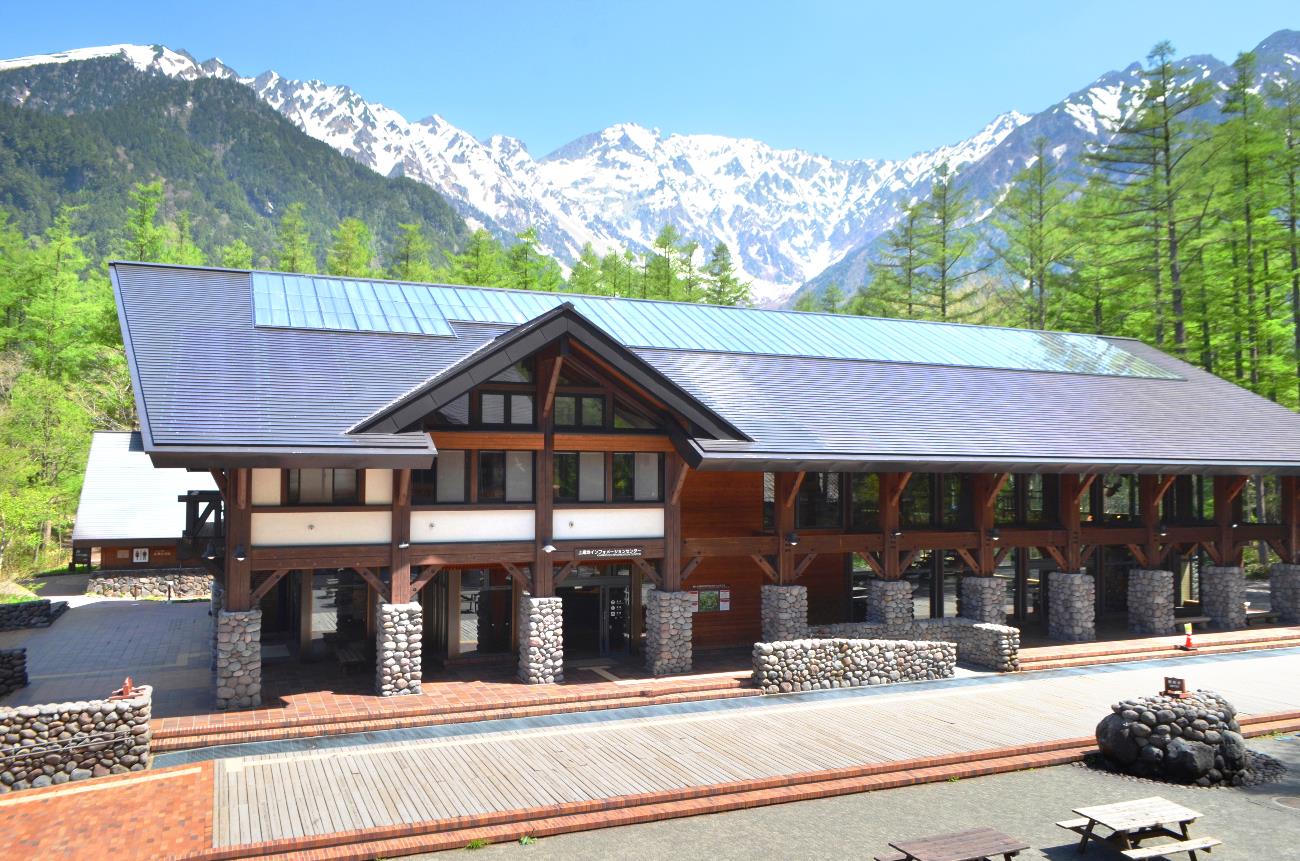
上高地インフォメーションセンター
〒390-1516
長野県松本市安曇上高地
TEL:0263-95-2433
- 開館時間
-
8:00~17:00
- 休館期間
-
11月15日~翌年4月17日(冬期閉鎖)
上高地公園活動ステーションのご案内
「上高地公園活動ステーション」は、公園活動(調査業務、ボランティア、研究、教育、文化活動等)を通じて上高地の自然環境を研究・保全し、または自然とのふれあい・教育の推進を図る公園利用者のための宿泊研修施設です。
これらの活動を伴わない観光目的のみのご利用はできません。
- アクセス
-
〒390-1516 長野県松本市安曇上高地4469-1
- 開設期間
-
4月下旬頃から11月15日頃
※年により変動 - 場内施設
-
洗面用具、浴衣等アメニティグッズは、ご用意ございません。
宿泊定員20名
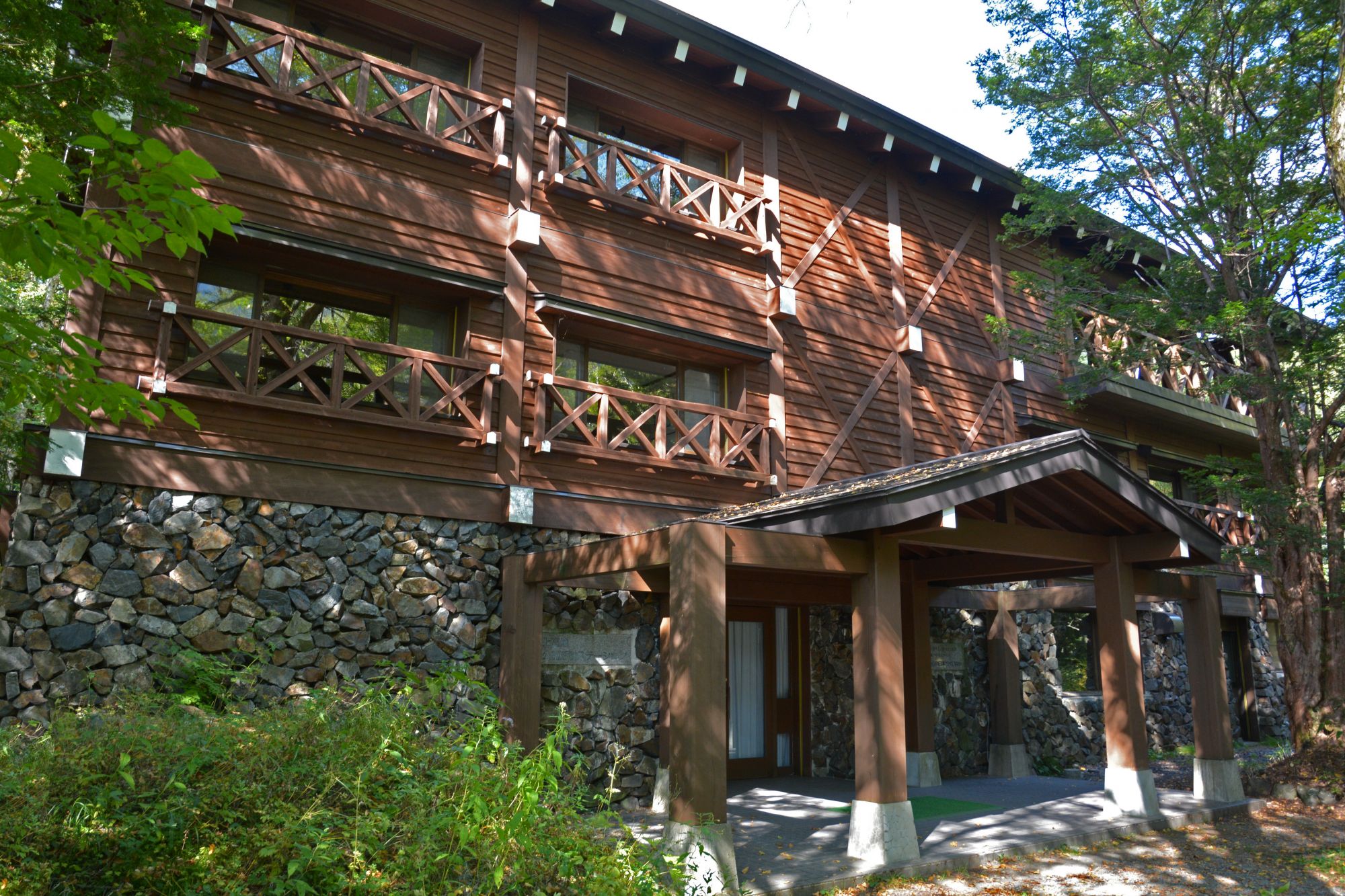
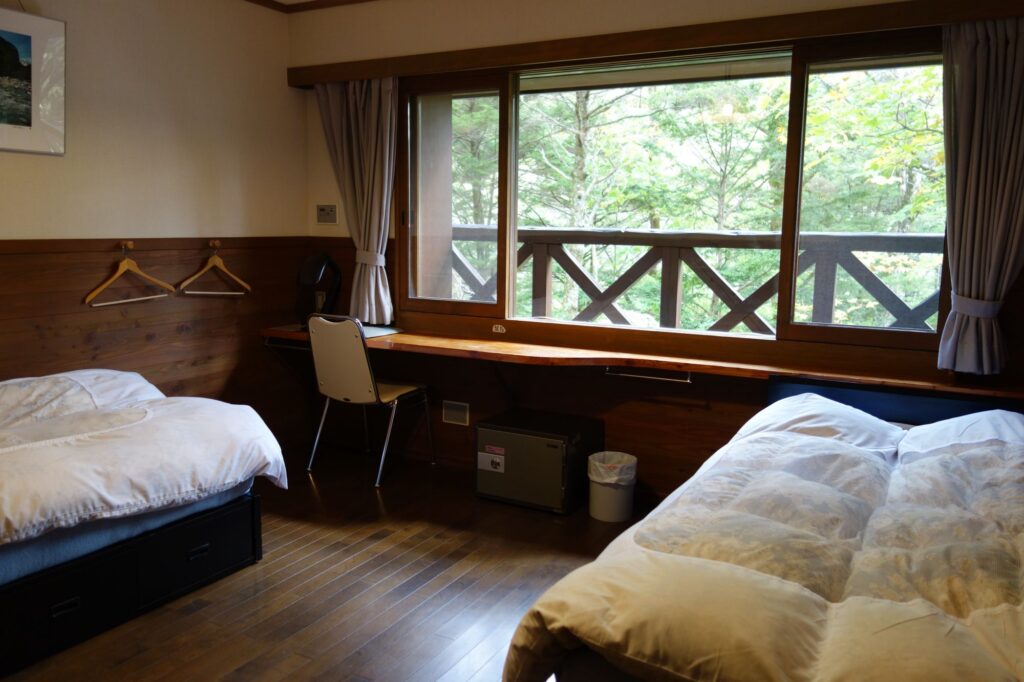
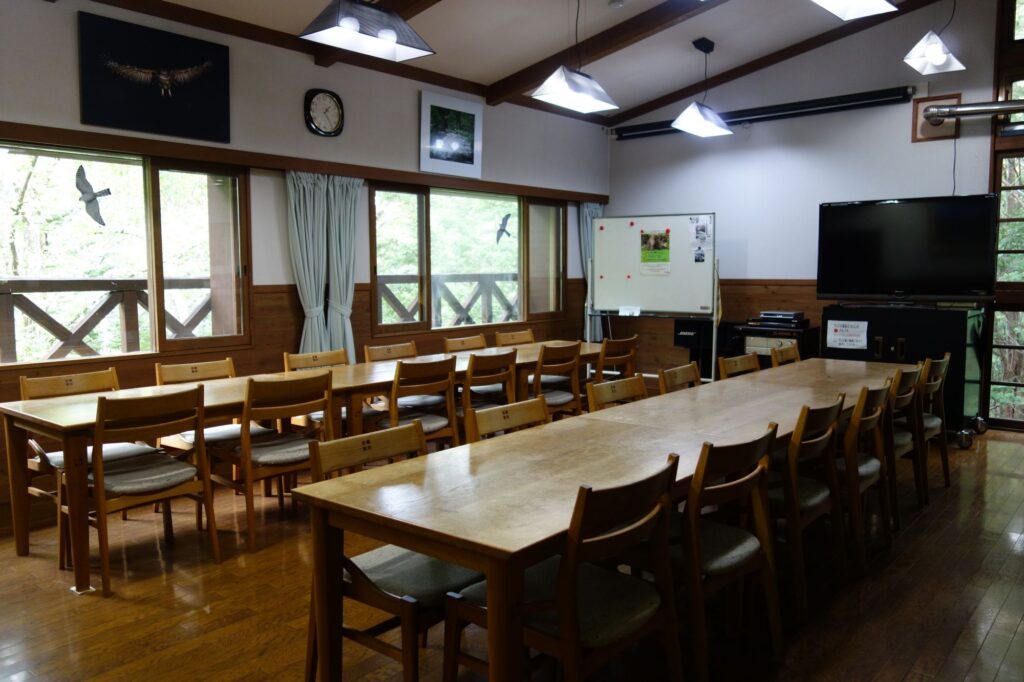
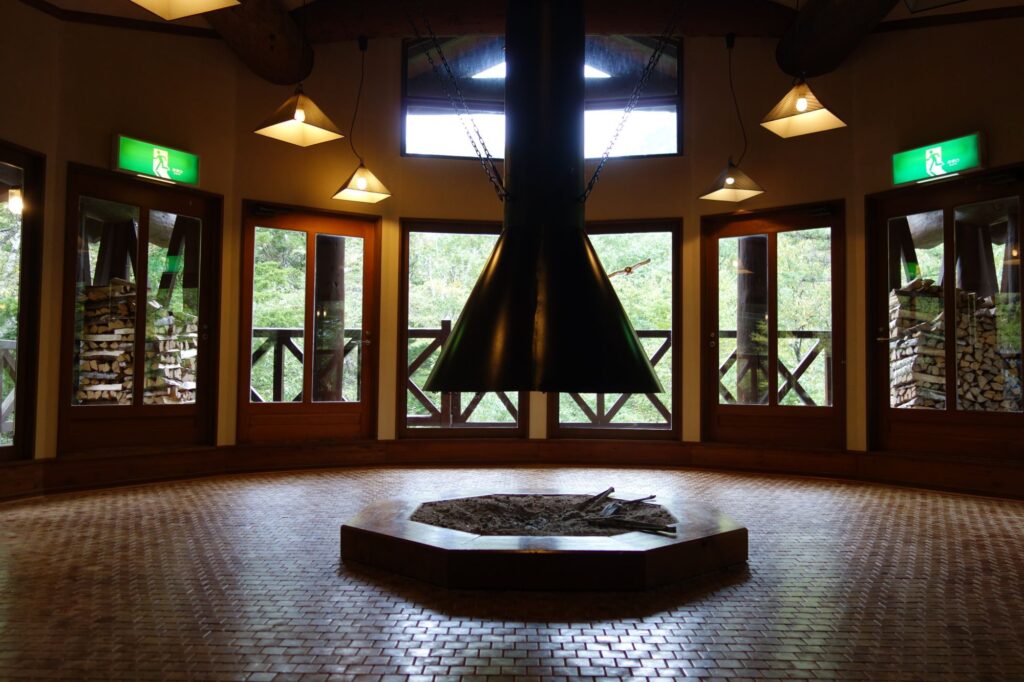
お申し込み、お問い合わせ先
当施設は、Webでの予約申込となっています。
以下の「利用予約申込」から、当施設の利用趣旨をご確認の上、説明に従って「利用予約申込フォーム」にお進みください。
※郵送・FAXによるご予約申込は受け付けておりません。
- お問い合わせ
-
上高地公園活動ステーションに関するお問い合わせはこちらからお願いいたします。
0263-95-2525
午前8時~午後5時(4月~11月)
上高地公園活動ステーション利用案内
- -自然公園財団は、自然と人に対する「パークサービス」を目指しています-
-
「上高地公園活動ステーション」は、公園活動(調査業務、ボランティア、研究、教育、文化活動等)を通じて上高地の自然環境を研究・保全し、または自然とのふれあい・教育の推進を図る公園利用者のための宿泊研修施設です。
(これらの活動を伴わない観光目的のみのご利用はできません。)
以下のご利用案内を必ずご一読ください
1泊2食付きの宿泊料はお一人様10,000円(消費税込み)です。
- 国立公園等の調査研究・管理・普及啓発に関わる方(業務を含む)
- 上高地でボランティア活動を行う方
- 教育・学術関係者(学生を含む)
*一定条件のもと、学生等に対する宿泊料割引制度があります。
ご利用の皆様には『公園活動報告書(A4用紙1枚)』の提出をお願いしております。
上高地散策や野外活動の際に気付かれたこと、例えば利用した公園施設や探勝歩道の様子などを気軽に記入し、報告していただくものです。
この情報は上高地の公園管理業務に活用いたします。
キャンセルの場合は、速やかに電話でお知らせください。
通常、キャンセル料はいただいておりません。
ただし、大人数利用の直前キャンセルなどで、食材廃棄に繋がりかねないような事態となる時には、実費額を弁償していただくことがあります。
ご利用には上高地公園活動ステーションの趣旨に賛同していただく必要があります。
「上高地公園活動ステーション」について(利用趣旨)
一般財団法人自然公園財団
「上高地公園活動ステーション」は、公園活動(調査業務、ボランティア、研究、教育、文化活動等)を通じて上高地の自然環境を研究・保全し、または自然とのふれあい・教育の推進を図る公園利用者の活動拠点として設立された宿泊研修施設です。
これらの活動を伴わない観光目的のみのご利用はできません。
特定の公園活動を行う利用者(「公園活動者」)は今シーズン中(全期間)の予約申込が可能です。
それ以外の方は利用日の30日前から予約申込が可能です。
特定の公園活動を行う利用者(「公園活動者」)とは、次の方を言います。
- 国立公園等の調査研究・管理・普及啓発に関わる方(業務を含む)
- 上高地でボランティア活動を行う方
- 教育・学術関係者(学生を含む)
上高地公園活動ステーション利用ご希望の方は…
上高地公園活動ステーション空室状況
利用予約申込フォーム
上記の「活動ステーション空室状況」に掲載されているカレンダーで空室をご確認の上、内容をご記入いただき、ご予約をお申し込みください。
お申し込み受け付け後、担当者より予約受理のお知らせを改めて差し上げます。
「公園活動者」の方
「公園活動者とは」次に該当する方をいいます。
- 国立公園等の調査研究・管理・普及啓発に関わる方
(業務を含む) - 上高地でボランティア活動を行う方
- 教育・学術関係者(学生を含む)
「利用予約申込フォーム」に掲載されているカレンダーで空室をご確認の上、内容をご記入いただき、ご予約をお申し込みください。
お申し込み受け付け後、担当者より予約受理のお知らせを改めて差し上げます。
(趣旨にご賛同いただいた)「公園活動者以外」の方 ≫
「利用予約申込フォーム」に掲載されているカレンダーで空室をご確認の上、内容をご記入いただき、ご予約をお申し込みください。
お申し込み受け付け後、担当者より予約受理のお知らせを改めて差し上げます。
全国の支部一覧
北海道
-
 知床支部
知床支部〒099-4354
北海道斜里町ウトロ西186-10
知床世界遺産センター内
TEL:0152-24-3093 -
 川湯支部/摩周湖・屈斜路湖
川湯支部/摩周湖・屈斜路湖〒088-3465
北海道川上郡弟子屈町川湯温泉2-2-5
TEL:015-483-2567 -
 阿寒湖支部
阿寒湖支部〒085-0467
北海道釧路市阿寒町阿寒湖温泉
阿寒湖畔ビジターセンター内
TEL:0154-67-2785 -
 支笏湖支部
支笏湖支部〒066-0281
北海道千歳市支笏湖温泉
支笏湖ビジターセンター内
TEL:0123-25-2453 -
 登別支部/登別温泉
登別支部/登別温泉〒059-0551
北海道登別市登別温泉
登別パークサービスセンター内
TEL:0143-84-3141 -
 昭和新山支部/洞爺湖
昭和新山支部/洞爺湖〒052-0102
北海道有珠郡壮瞥町昭和新山188-5
TEL:0142-75-2241
東北・関東・中部
-
 十和田支部/十和田湖・八甲田
十和田支部/十和田湖・八甲田〒018-5501
青森県十和田市大字奥瀬字
十和田湖畔休屋486
TEL:0176-75-2368 -
 八幡平支部
八幡平支部〒028-7303
岩手県八幡平市八幡平見返り峠登山口
パークサービスセンター内
TEL:090-2270-8205 -
 浄土平支部/吾妻山
浄土平支部/吾妻山福島県福島市土湯温泉町鷲倉山
(磐梯吾妻スカイライン中間地点)
TEL:0242-64-2105 -
 日光支部/奥日光
日光支部/奥日光〒321-1662
栃木県日光市湯元
日光湯元ビジターセンター内
TEL:0288-62-2461 -
 日光支部/霧降高原
日光支部/霧降高原〒321-1421
栃木県日光市所野1531
TEL:0288-53-5337 -
 日光支部/那須平成の森
日光支部/那須平成の森〒325-0302
栃木県那須郡那須町高久丙3254
那須平成の森フィールドセンター
TEL:0287-74-6808 -
 草津支部/草津白根
草津支部/草津白根〒377-1711
群馬県吾妻郡草津町草津158
草津白根パークサービスセンター
TEL:0279-88-6645 -
 箱根支部
箱根支部〒250-0522
神奈川県足柄下郡箱根町元箱根164
箱根ビジターセンター内
TEL:0460-84-5720 -
 上高地支部
上高地支部〒390-1516
長野県松本市安曇上高地
インフォメーションセンター内
TEL:0263-95-2433
中国・四国・九州
-
 鳥取支部/大山寺事業地
鳥取支部/大山寺事業地〒689-3318
鳥取県西伯郡大山町大山40-33
大山ナショナルパークセンター1F
TEL:0859-52-2165 -
 鳥取支部/鳥取砂丘
鳥取支部/鳥取砂丘〒689-0105
⿃取県鳥取市福部町湯山2164-66
鳥取砂丘パークサービスセンター内
TEL:0857-23-7652 -
 鳥取支部/竹野
鳥取支部/竹野〒669-6216
兵庫県豊岡市⽵野町切浜字⼤浦1218
⽵野スノーケルセンター内
TEL:0796-47-1932 -
 鳴門支部
鳴門支部〒772-0053
徳島県鳴門市鳴門町土佐泊浦福池65-20
鳴門公園パークサービスセンター内
TEL:088-687-0275 -
 雲仙支部
雲仙支部〒854-0621
長崎県雲仙市小浜町雲仙320
雲仙お山の情報館内
TEL:0957-73-2543 -
 阿蘇支部
阿蘇支部〒869-2225
熊本県阿蘇市黒川974-9
国立公園阿蘇・公園情報センター内
TEL:0967-34-2171 -
 えびの支部/霧島・えびの高原
えびの支部/霧島・えびの高原〒889-4302
宮崎県えびの市末永1495-5
えびのエコミュージアムセンター内
TEL:0984-33-3002 -
 高千穂河原支部/霧島・高千穂河原
高千穂河原支部/霧島・高千穂河原〒899-4201
鹿児島県霧島市霧島田口2583-12
高千穂河原パークサービスセンター内
TEL:0995-57-2505

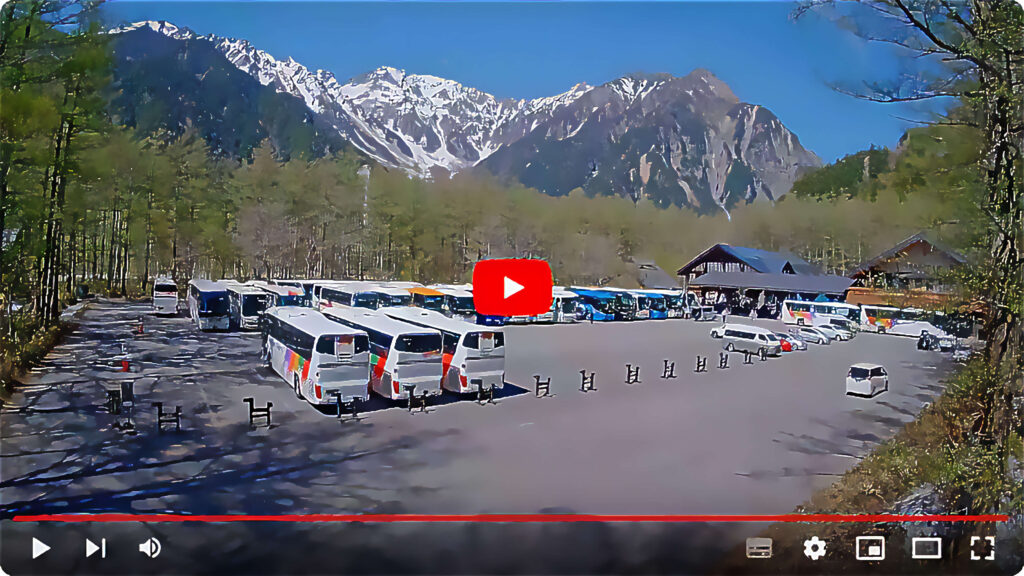
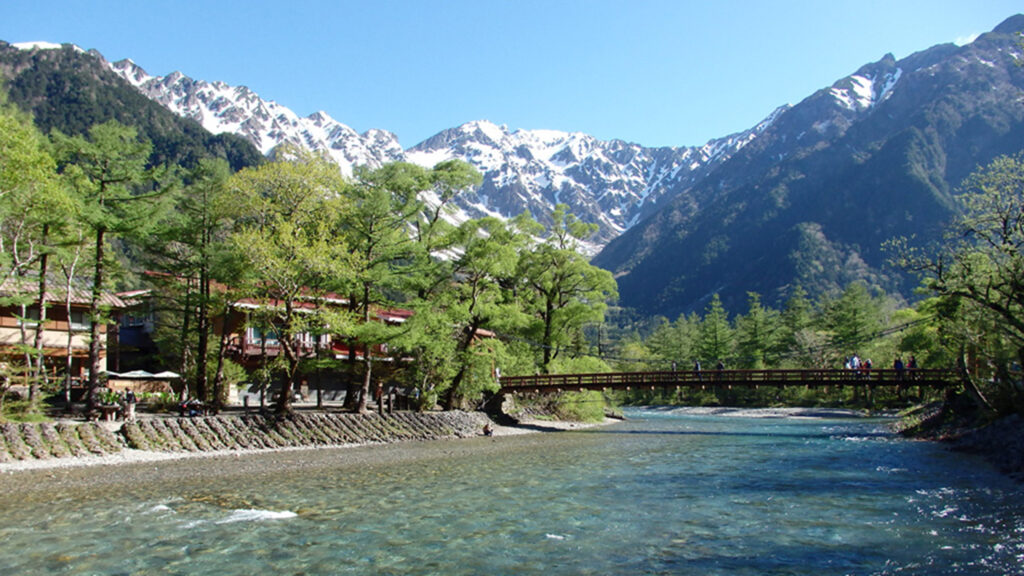
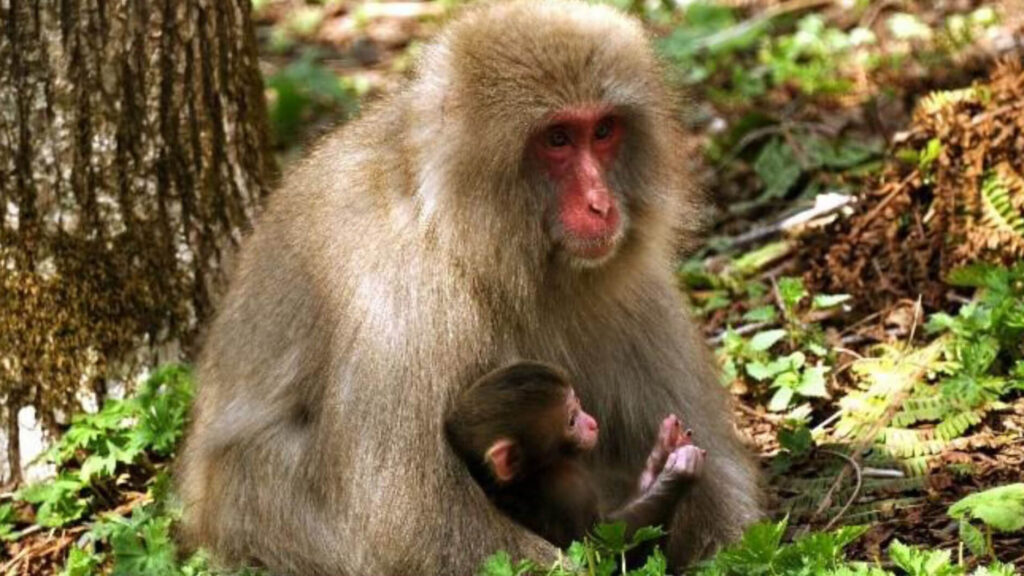
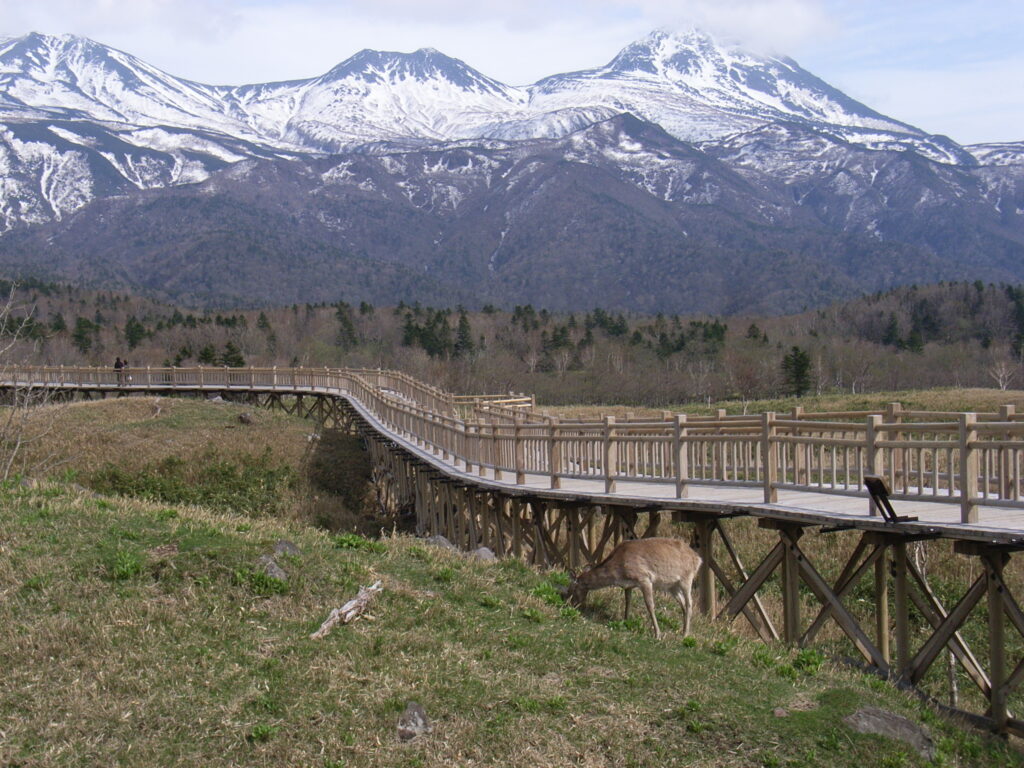
-1024x678.jpg)

-1024x768.jpg)
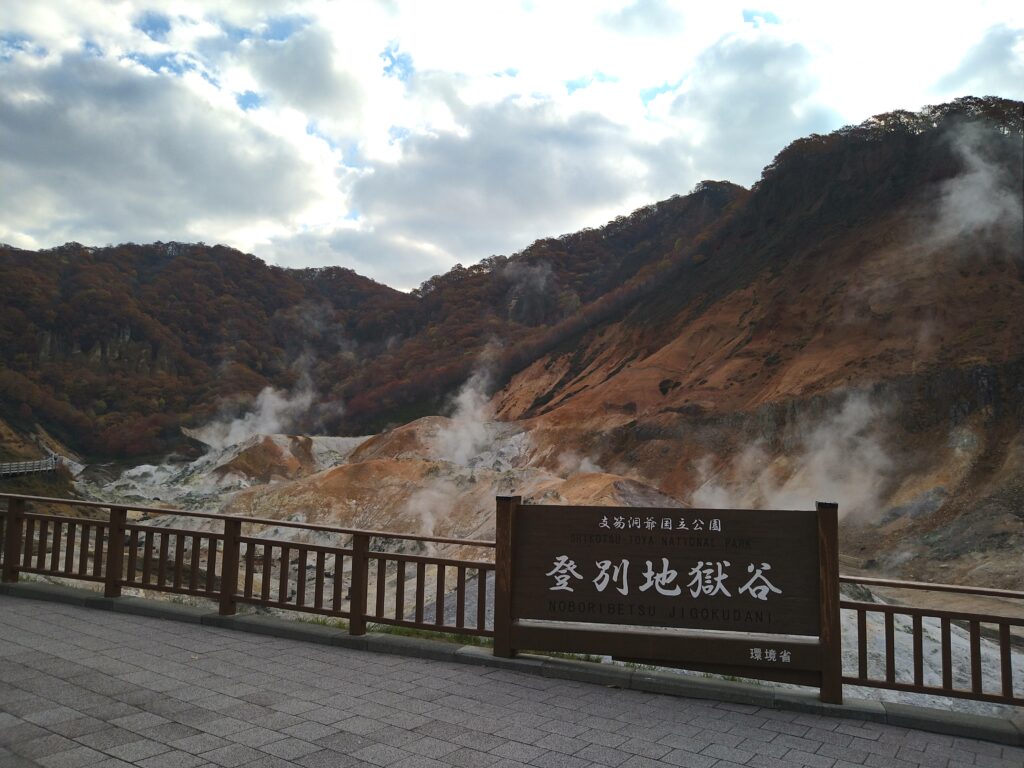
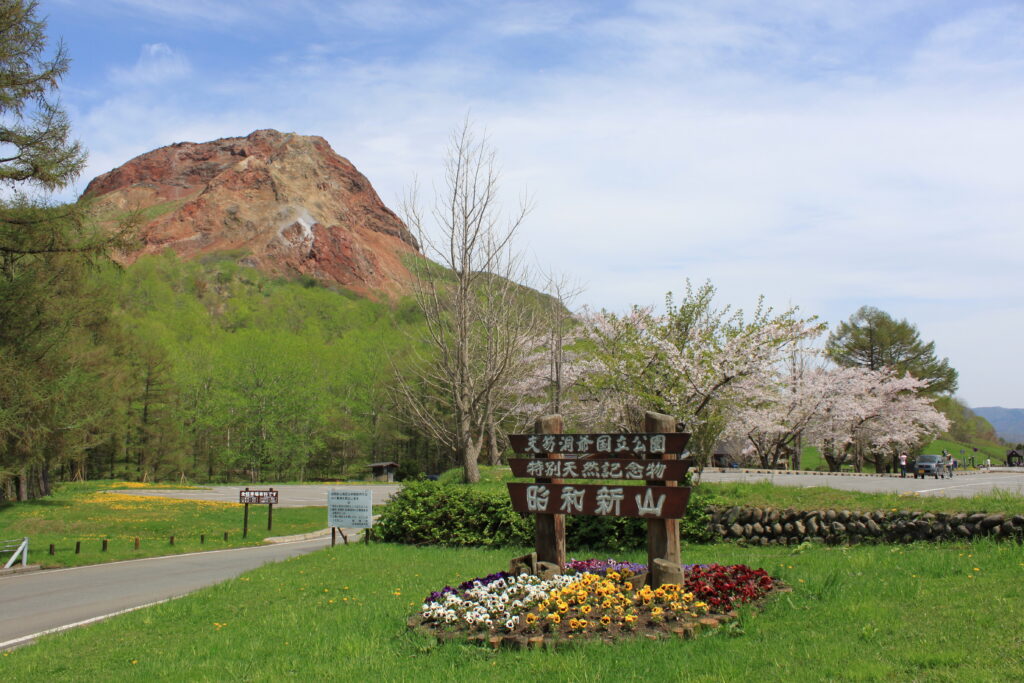
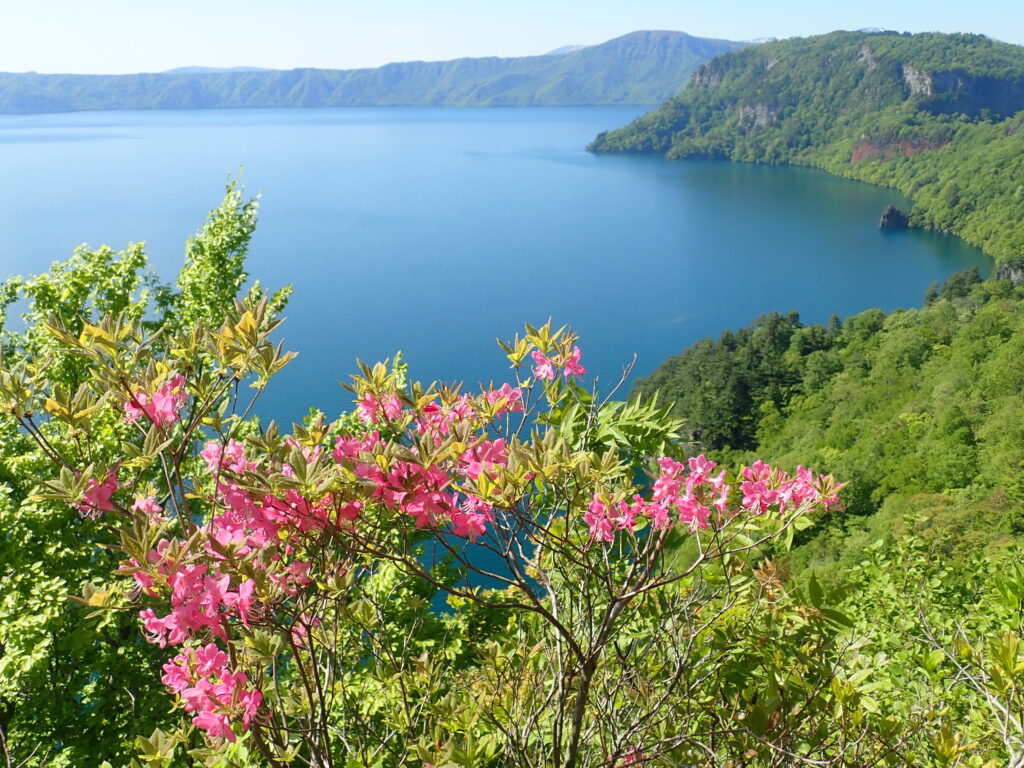
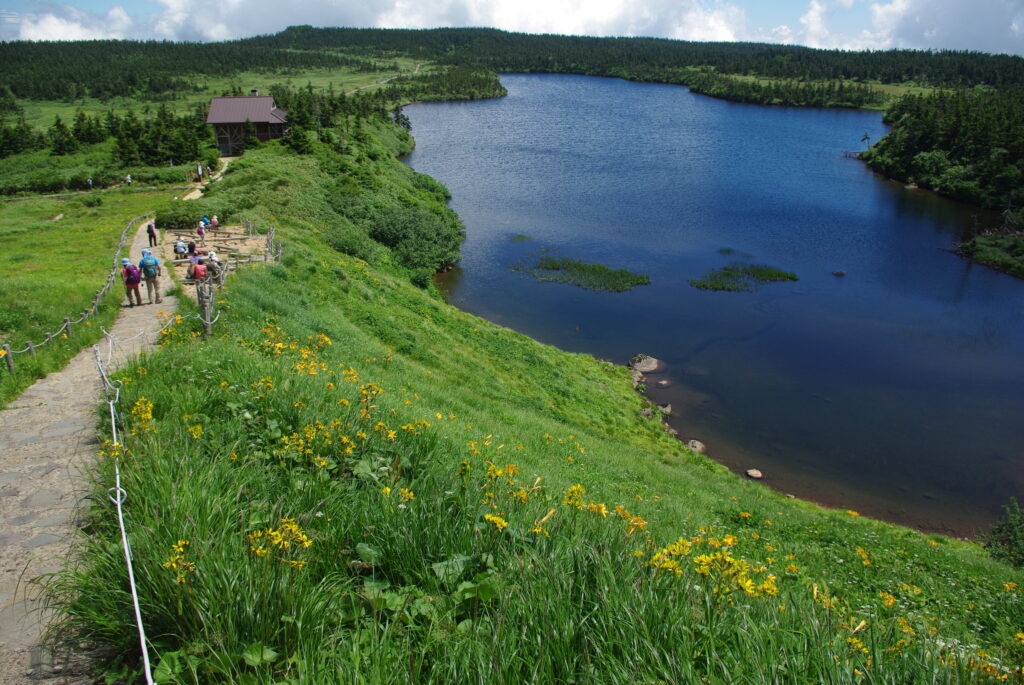
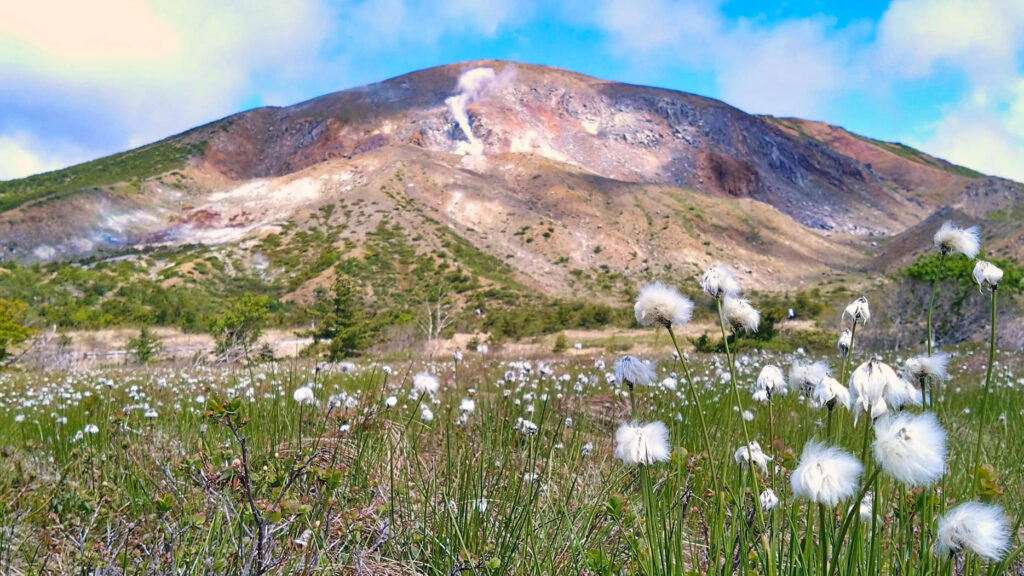

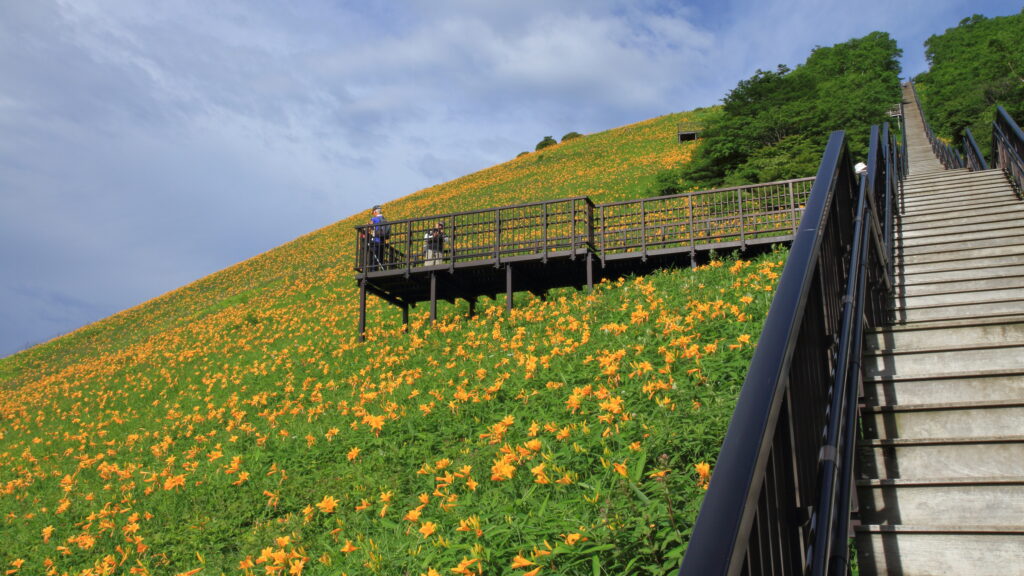
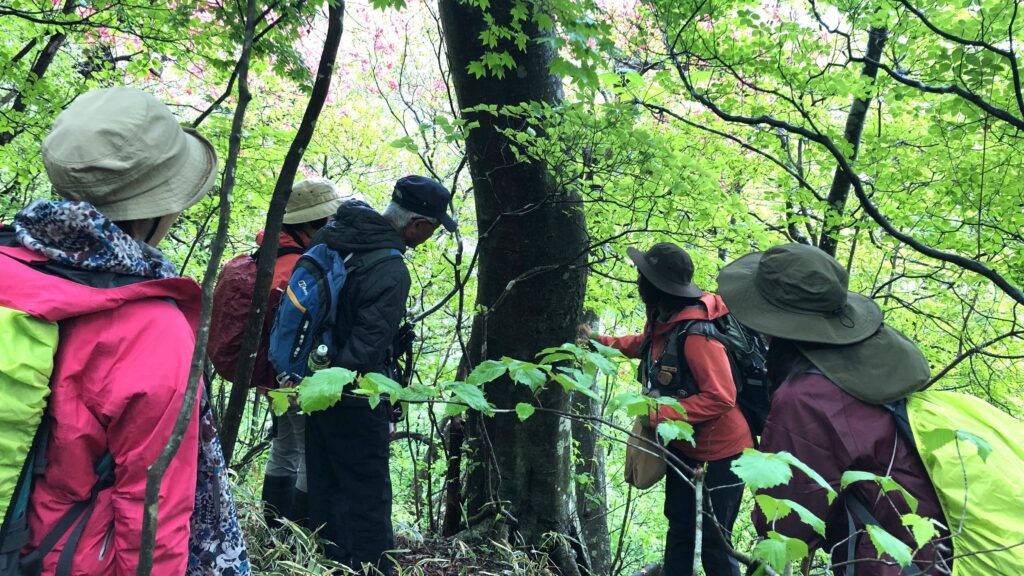
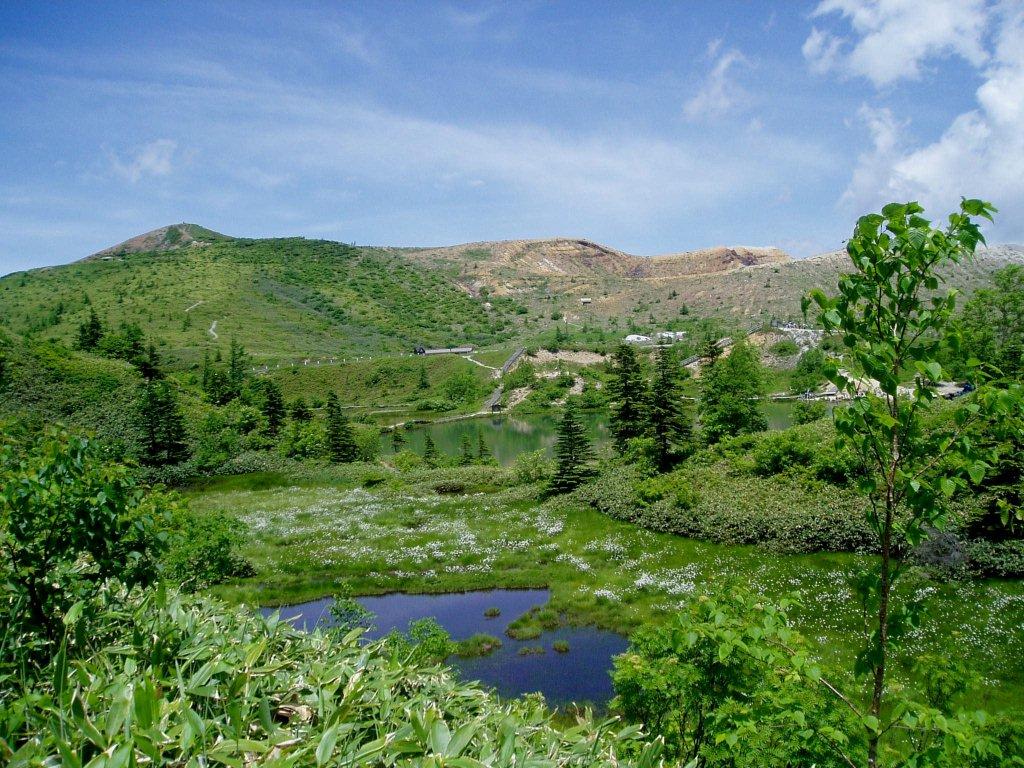
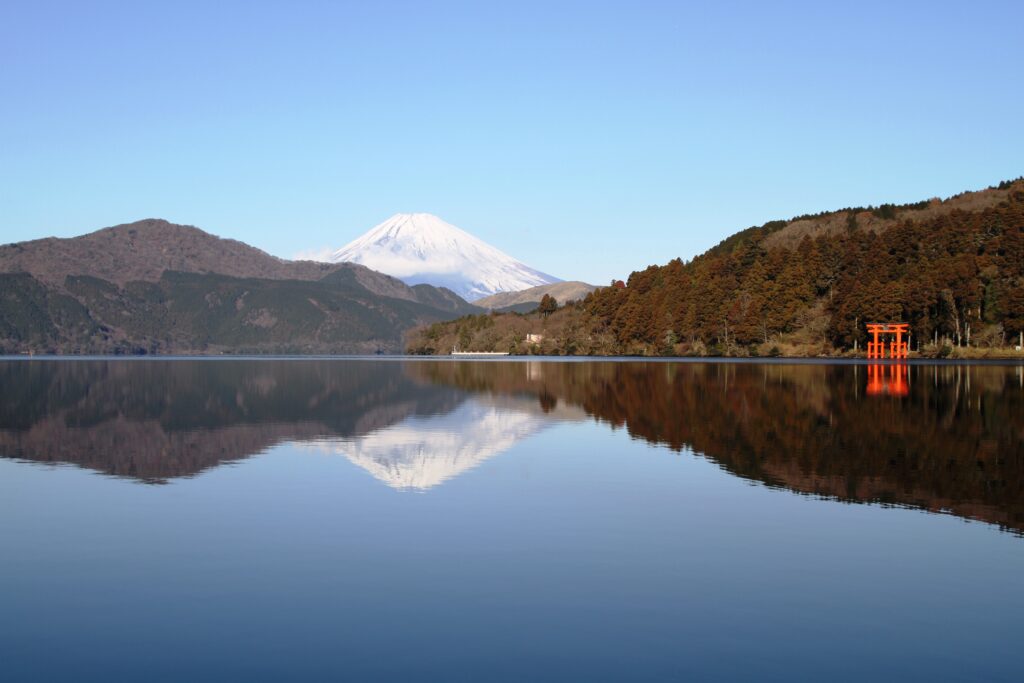
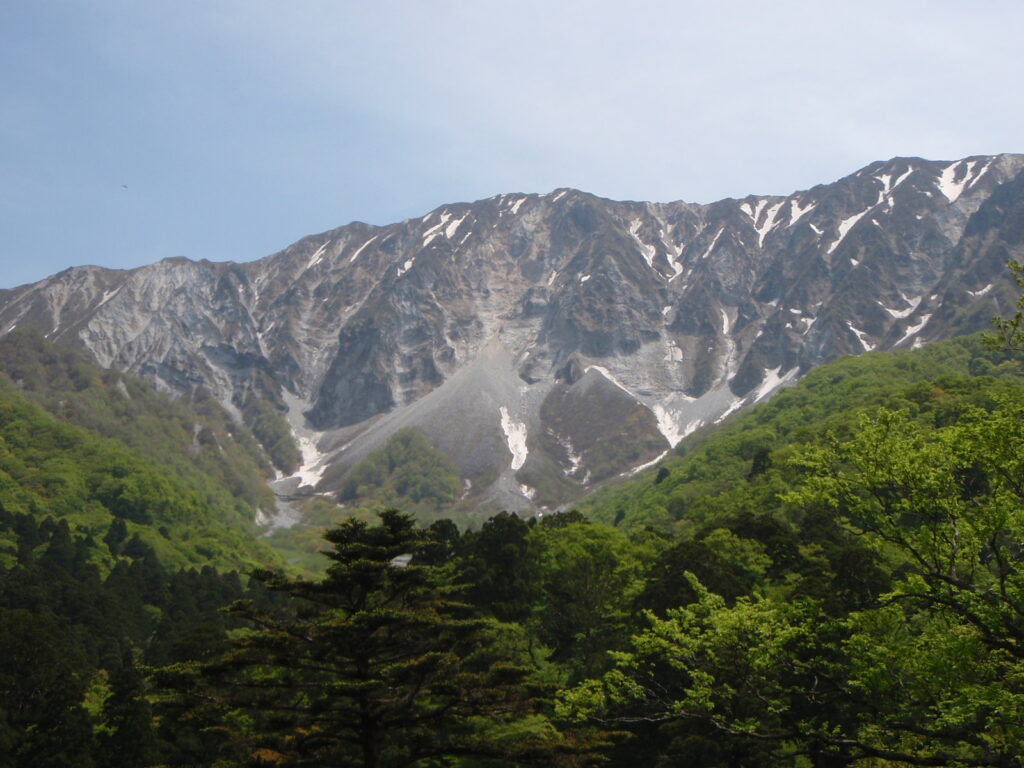
-1024x683.jpg)
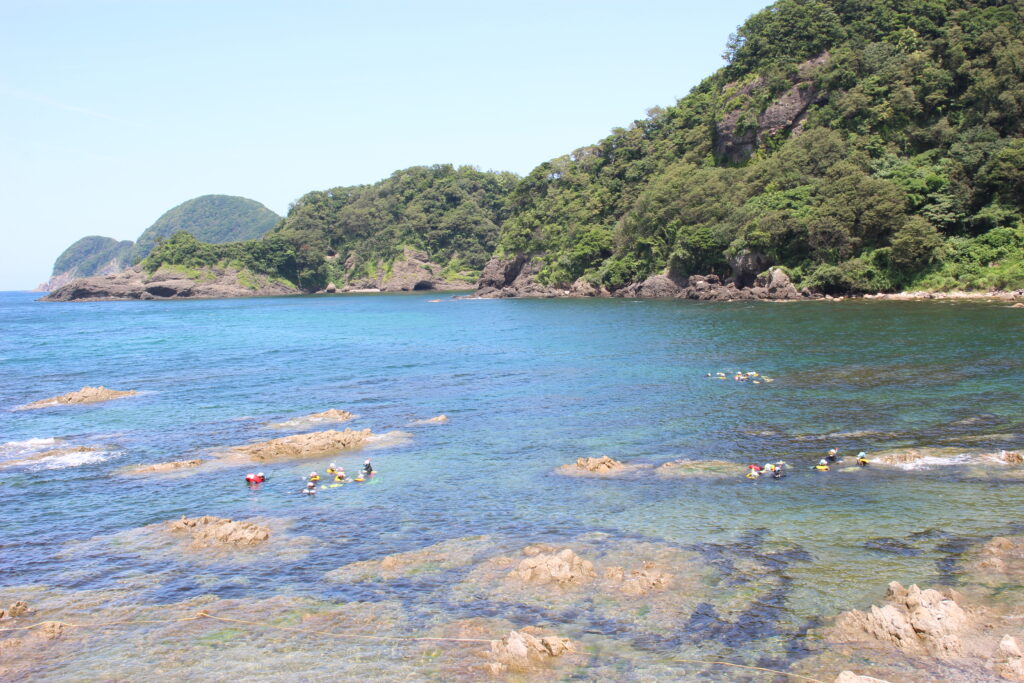
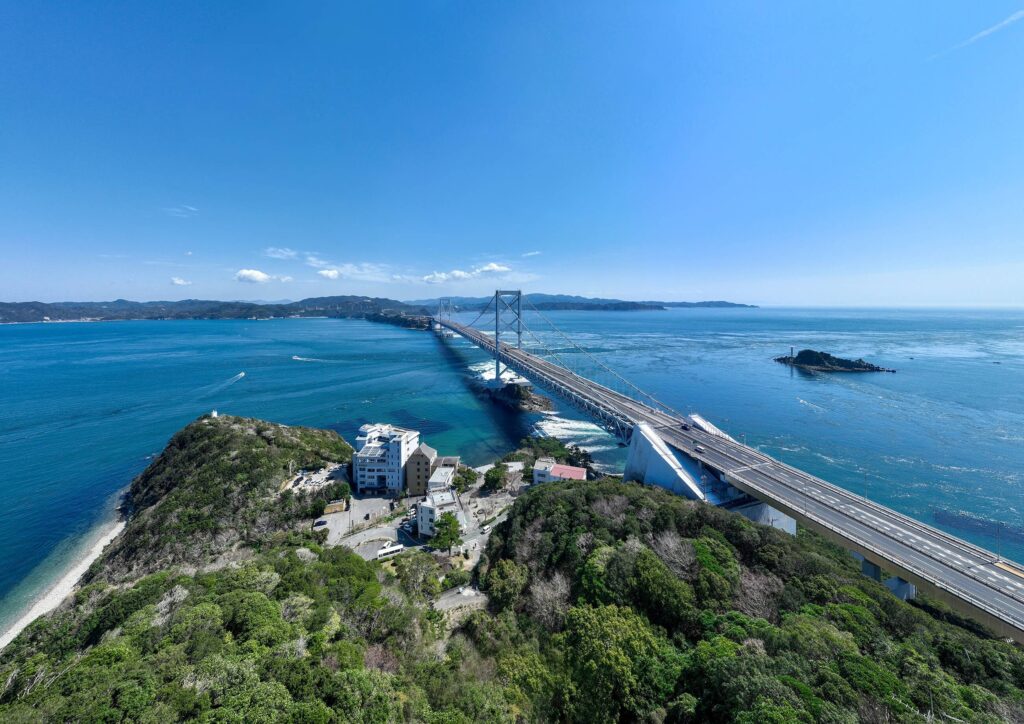
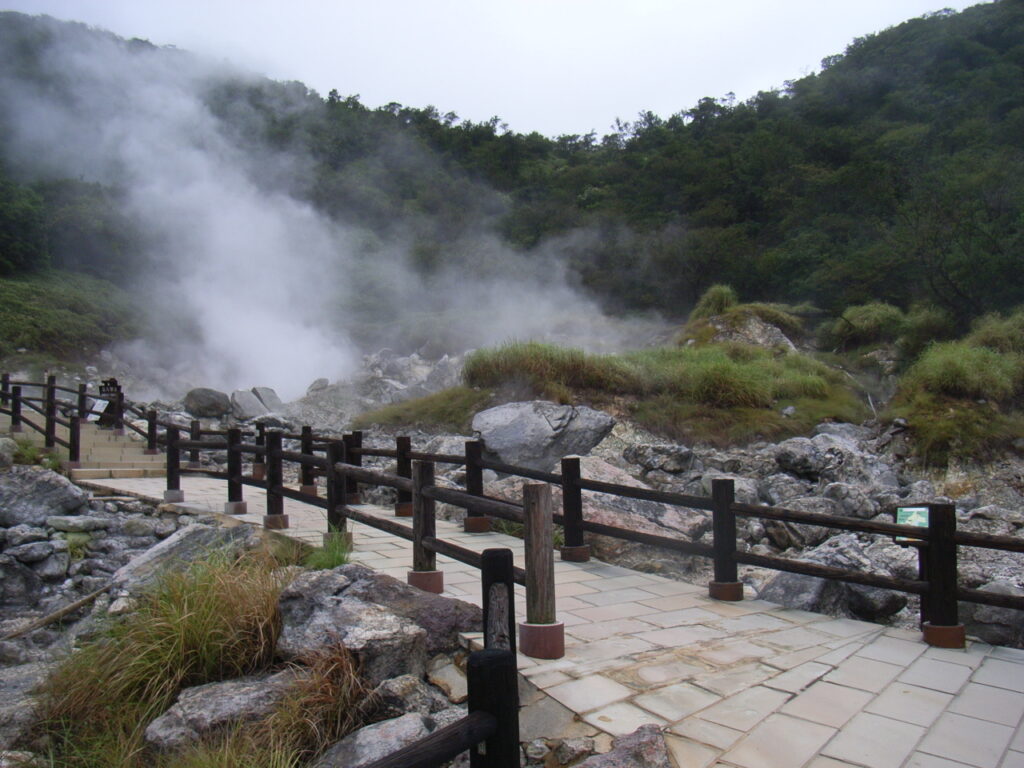
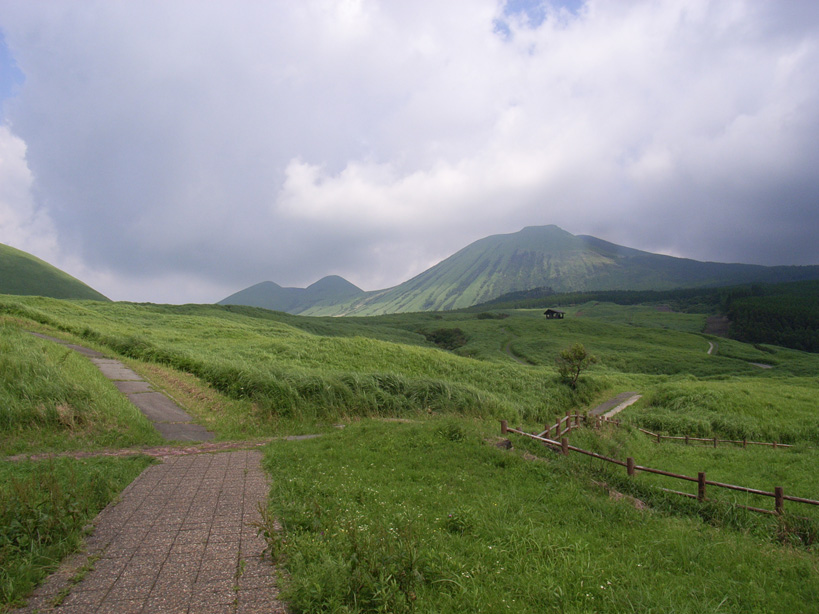
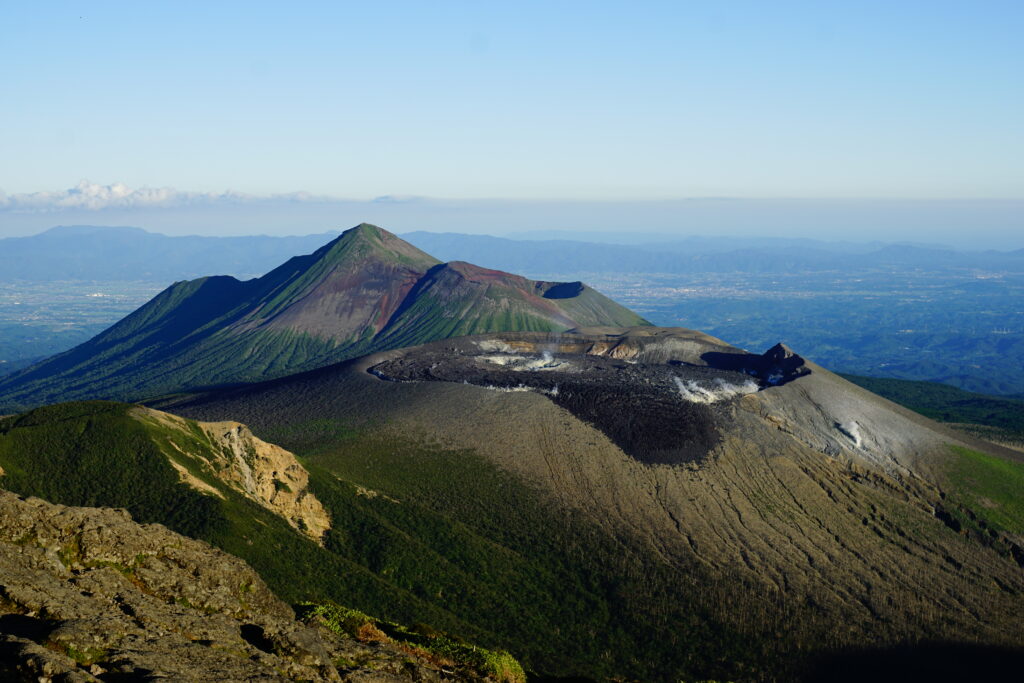
-1024x576.jpg)